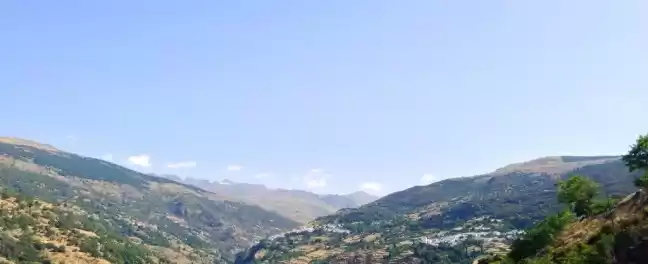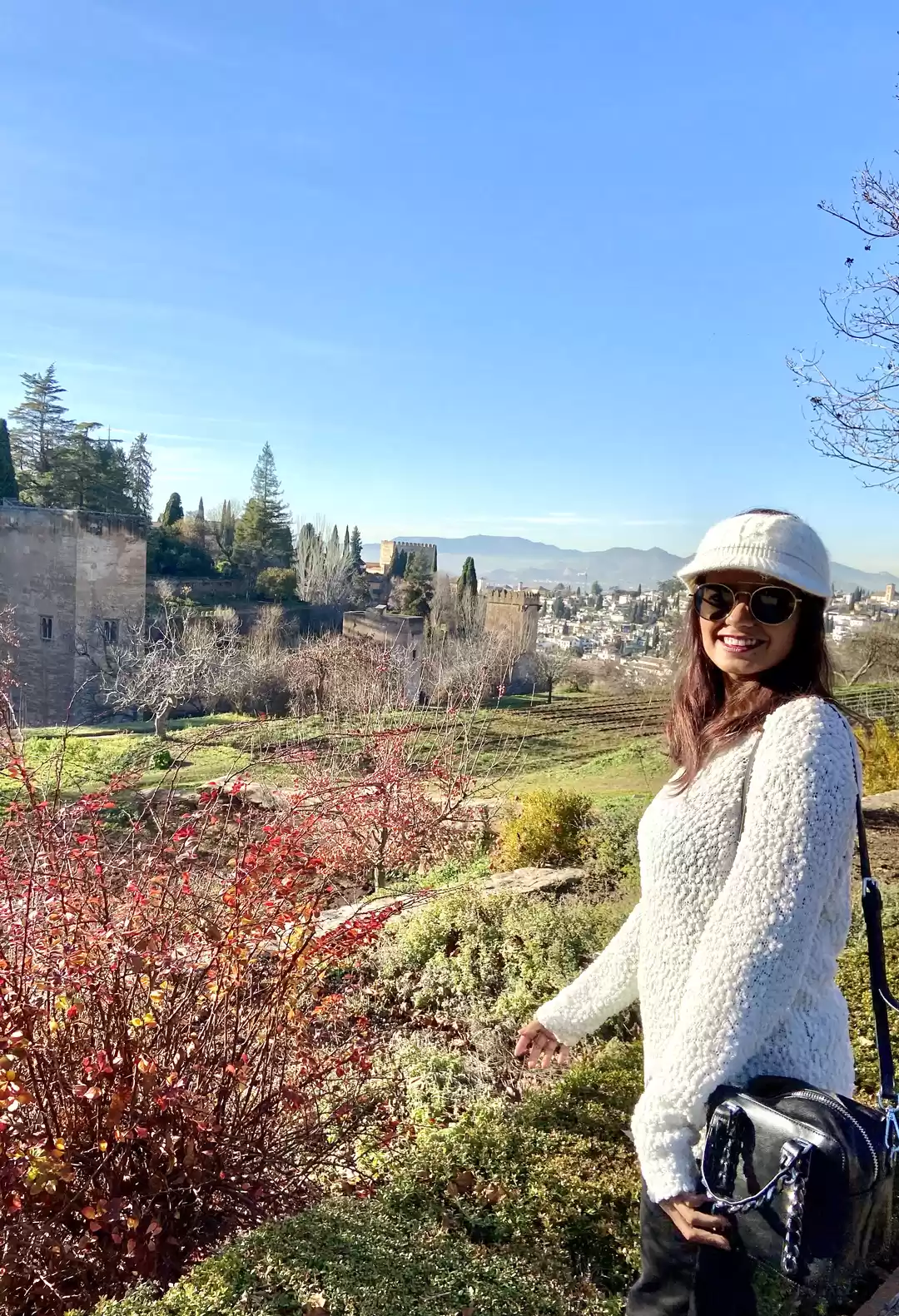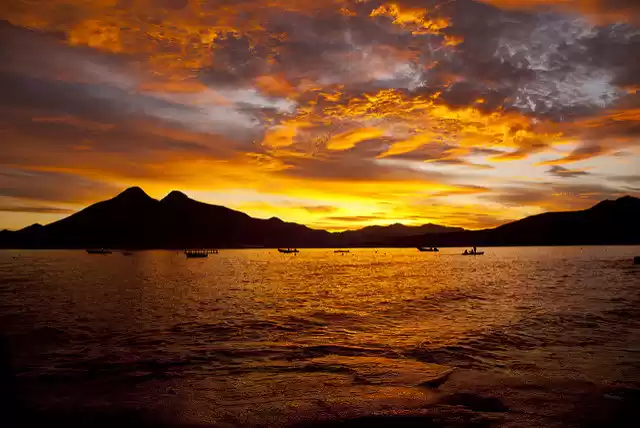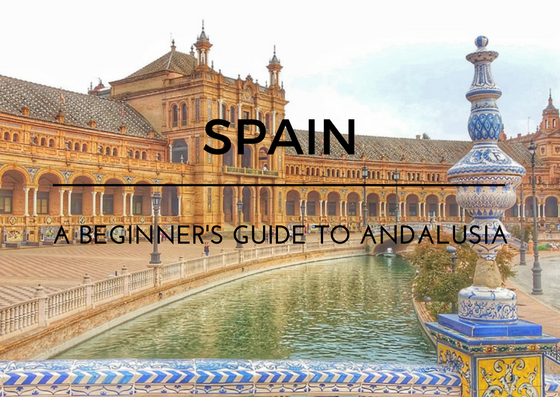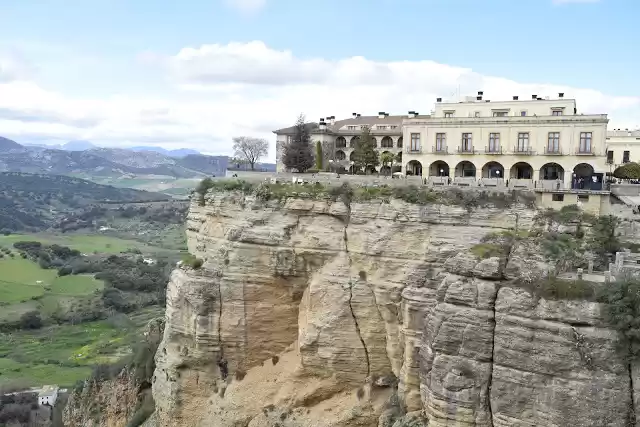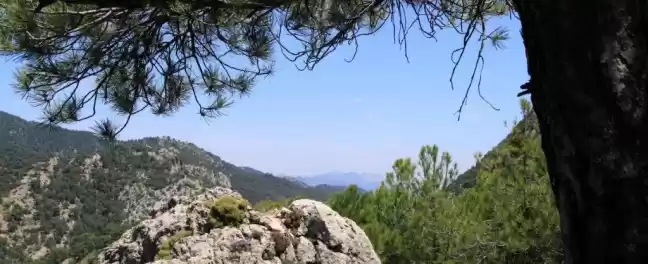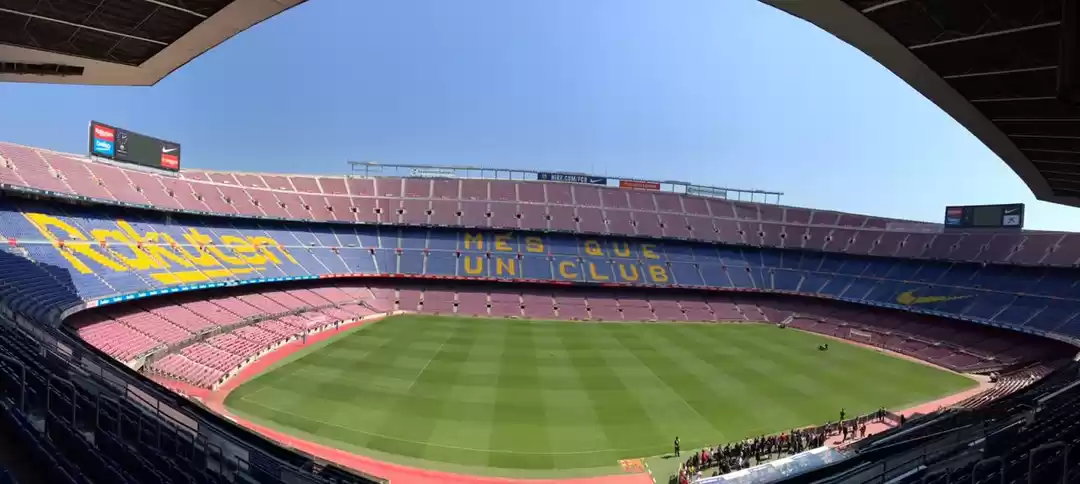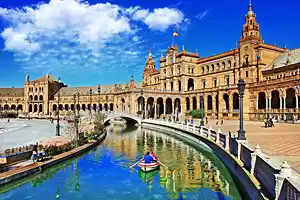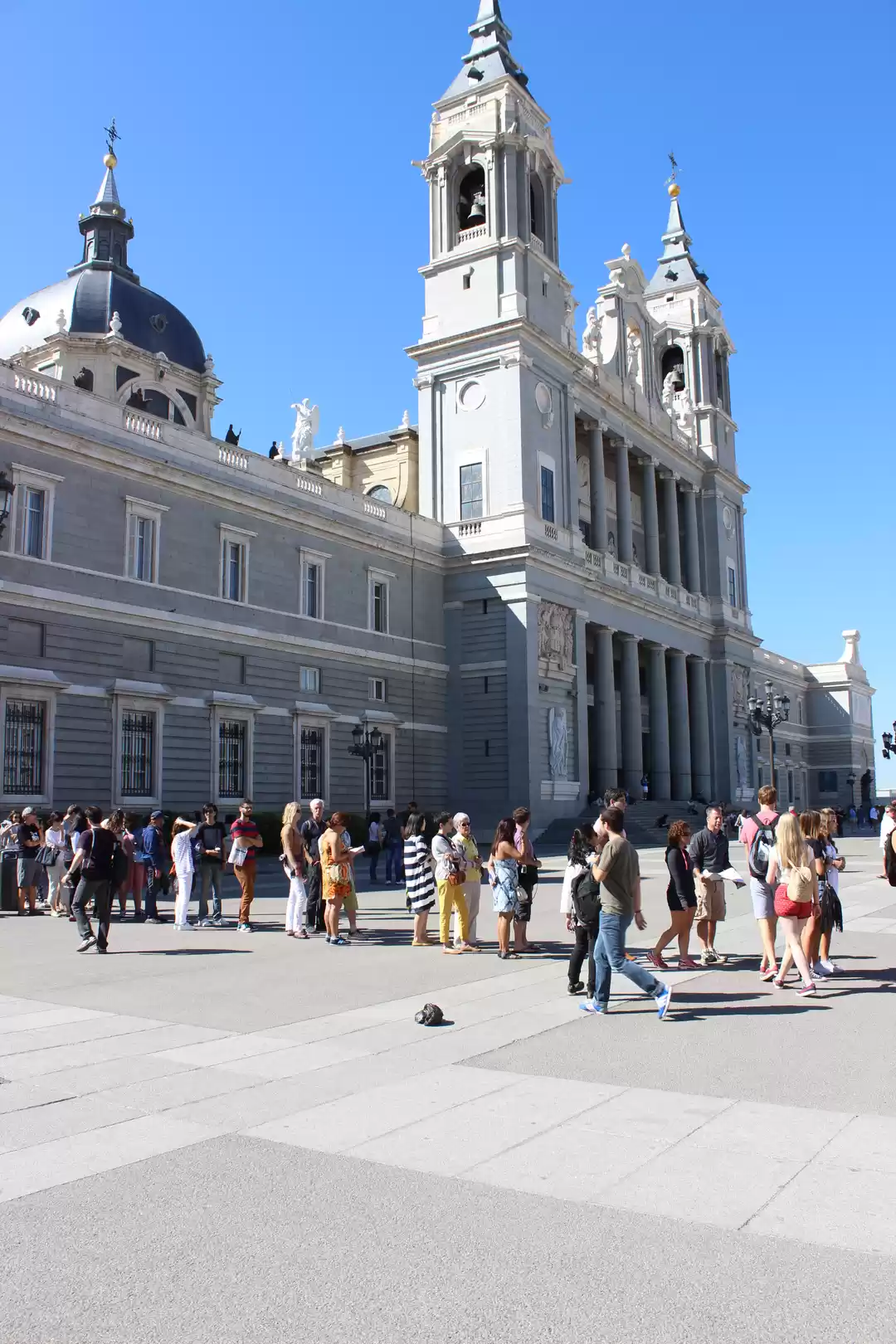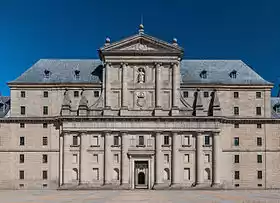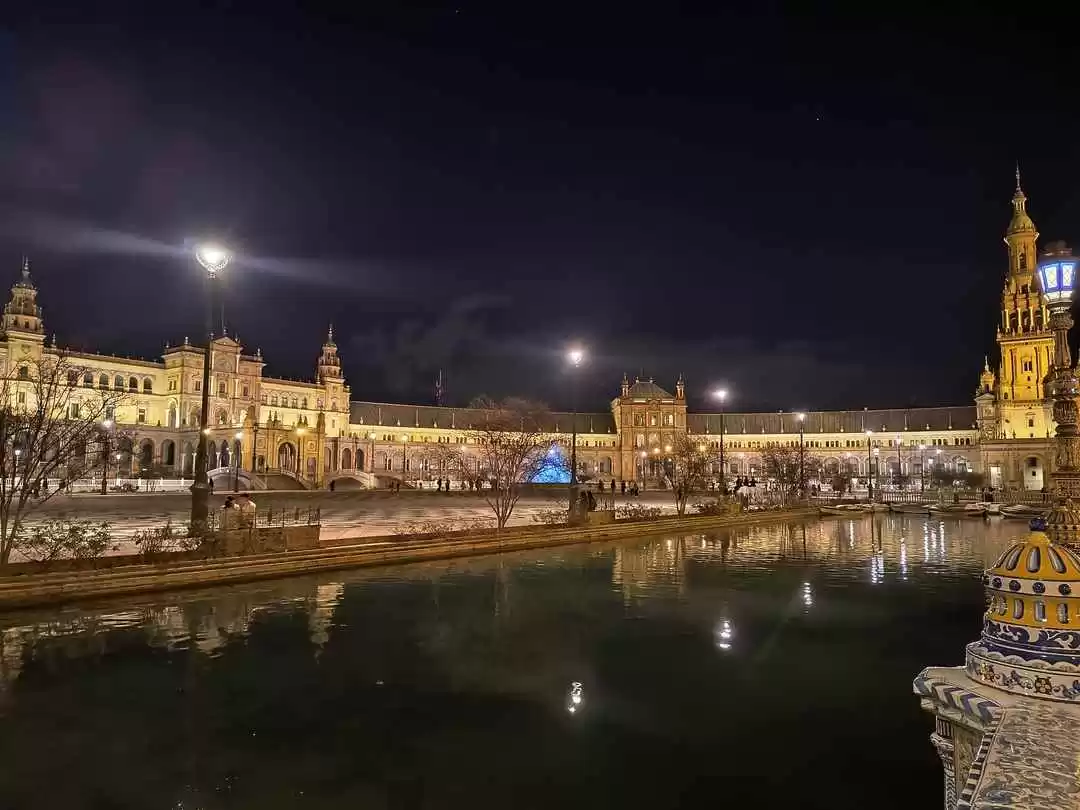
Small-town tranquility needs to be bottled and sold as a mood. Back to my busy days now, it feels surreal to look back on these mountain villages where no one's ever in a hurry. I had no idea that after Switzerland, Spain is Europe's most mountainous country. Spanish for "mountain range covered in snow", the Sierra Nevada in Andalusia is home to Spain's highest peaks - the Mulhacén at 3479 metres and the Veleta a little lower. On the southern slopes of the Sierra Nevada overlooking the Mediterranean Sea lives a clutch of mountain villages together known as Las Alpujarras. The kind that make you want to sell everything and move. Spend the rest of your days surrounded by rarified air, tangles of mountain trails, stray cats sunning themselves all day, a laidback sense of time and the freshest spring water that keeps you coming back for refills. A way of life where the days are savoured rather than rushed into a blur. Thanks to Granada Tourism (@granadaturismo) I had a great local guide, José from Nevadensis (one of the oldest travel companies in the region) driving me around some of the villages in Las Alpujarras over a weekend in my 6-week Spain trip this July-August.
The Spanish poet Francisco Villaespesa had this to say about the Alpujarra - "The balcony from which Spain looks out, to see, as in a dream, the beautiful coasts of Africa, sending smiles of love across the sea."
The constant snowmelt from the mountain peaks keeps the lower slopes well-nourished in the hottest summers and reaches the villages through their ancient Arab systems of irrigation channels. River Poqueira, the main river here, owes its existence to the snowmelt of the Veleta and the Mulhacén. On the left bank of this river are perched the Moorish whitewashed villages of Capileira, Bubion and Pampaneira.
Barely known outside of Spain two decades ago, today Las Alpujarras is growing in popularity as a destination for those in search of an older, quieter and more rustic Andalusia.
Towards the end of the 15th century, the Moors settled here after having been chased away by the Christians who had invaded Granada. The fifty odd villages here are known to be the last stronghold of the Moors, and the name derives from al-basharāt meaning "sierra of pastures". The Mulhacen, incidentally, was named after Abu l-Hasan Ali or Muley Hacén in Spanish. One of the last Muslim kings of Granada in the 15th century. Legend says he was buried at the top of this mountain.
Some of these villages have entire populations as low as 10 or 20 people and two cats which had perfected the sun-and-siesta lifestyle. A uniform style of architecture marked these villages, adapted to the climate and the unique topography of each village.
How to get here: I hopped on a 2-hour (and 7 EUR) ALSA bus from Granada to Orgiva, the largest town of the western Alpujarras. I met my guide José here. I didn't explore Orgiva but if you do visit someday, you might find this alternative-lifestyle community interesting: https://wildvan.com/2016/11/16/beneficio-orgivas-hidden-community-of-hippies-and-flower-children/
Here's a little peek into 5 of the most beautiful villages in Las Alpujarras:
PAMPANEIRA
Our first destination was Pampaneira after a drive full of switchbacks and scenery. One of the larger villages in Las Alpujarras, Pampaneira has a population of 350, a chocolate factory, a thriving artisan community and a Park Information Point that is hugely useful for any traveller trying to get her bearings high up in the Sierra Nevada. The woman you see here is Mercedes Carracosa, the owner of the textile workshop. She's been working here for over 30 years, weaving magic everyday at her 100-year-old loom. I was told that the poem above the fountain Fuente de San Antonio claims that drinking from it will get you married real quick. Which of course meant that people like me better stay the hell away :)
Bars and cafes line the main square of this town and streams flow between whitewashed houses. I had a beautiful and unlikely-in-these-parts vegetarian lunch waiting for me at Ruta del Mulhacén, on a balcony overlooking the valley.
FONDALEZ
Here is Fondalez. The road to a more well-known village was blocked so a detour brought us here. I was told the current population here is all of 20 humans and 2 cats. Fondalez is one of 3 settlements that make up Mecina Fondalez, which in turn is one of 3 villages that make up the municipality La Taha. Named after a polymath who was the first to settle in the area.
BUBION
Marked by flat roofs, chimney pots and perched higher up from Pampaneira, Bubion derives its name from the Latin bovium meaning 'a place of oxes'.

This poem titled 'Bubion' was painted on ceramic tiles:

Translation
from the snow to the sea, I dominate the whole ravine from my ancestral tower I have a bench at my feet, of walnuts and chestnuts, a thousand years of Moriscos and Christians and I always have at hand from Veleta to pampaneira all of the water of the Poquiera Red summer sun Bubion has something divine have a piece of heaven and a star on the road.
CAPILEIRA
The second highest town in Andalusia, its name derives from the Latin capillaris meaning 'the highest place'. On the southeastern edge of the village is the viewpoint ( mirador) which opens out to the Poqueira valley. There are a good number of basic accommodations and bars in the centre of the town. In the summers, a bus from Capileira takes you to the Mirador de Trevelez.
TREVELEZ
Andalusia's highest village Trevélez also happens to be Spain's second highest village, after Valdelinares in Aragon. An excellent base for hiking the highest peaks of the Sierra Nevada. An interesting tradition up here is the annual midnight trek to the top of Mt Mulhacen, the highest peak in mainland Spain. Through the night of August 4 every year, pilgrims from nearby villages climb this mountain in honour of the Virgin of the Snow, who is believed to have saved a priest's life in the nick of time while he was on his way to Granada from the Las Alpujarras. The pilgrims believe that every annual midnight trek will keep travellers safe for yet another year. Seems to have worked pretty great so far for Trevélez ????
Thank you @granadaturismo for this delightful drive into Andalusia's heights ❤
This trip to Las Alpujarras was sponsored by Granada Tourism. As always, all opinions and enthusiasm are my own ????


